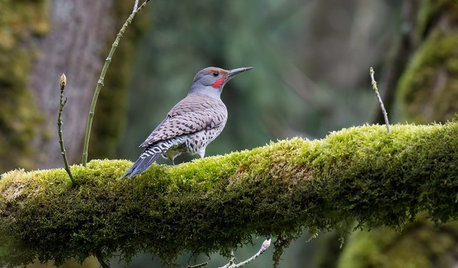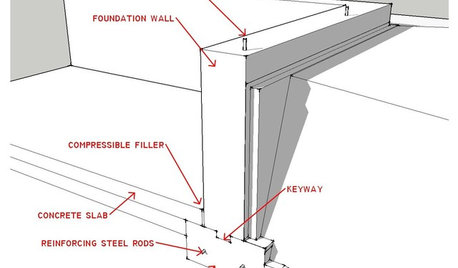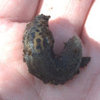Ants are burrowing under my brassicas!
jchokey
11 years ago
Related Stories

GARDENING GUIDESBackyard Birds: Healthy Home Habitats for Northern Flickers
These colorful woodpeckers found across the U.S. and Canada love berries, seeds and ants and often nest in deep burrows in trees
Full Story
EDIBLE GARDENSHow to Grow Your Own Sweet Summer Crops
This guide will help any gardener get started on growing the freshest warm-season veggies and berries for summer
Full Story
HOUSEKEEPINGWhat's That Sound? 9 Home Noises and How to Fix Them
Bumps and thumps might be driving you crazy, but they also might mean big trouble. We give you the lowdown and which pro to call for help
Full Story
ARCHITECTUREKnow Your House: What Makes Up a Home's Foundation
Learn the components of a common foundation and their purpose to ensure a strong and stable house for years to come
Full Story
FUN HOUZZThe Narrowest House in the World?
This 4-foot-wide workshop has eating, sleeping and working spaces in its 150 square feet. Chime in on how livable you find it
Full Story
GARDENING GUIDESInvite Mining Bees to Your Garden by Planting Their Favorite Plants
Look for mining bees (Andrena) pollinating woodland wildflowers in U.S. gardens this spring
Full StoryMore Discussions









jean001a
jchokeyOriginal Author
Related Professionals
Maple Valley Landscape Architects & Landscape Designers · Piqua Landscape Architects & Landscape Designers · Signal Hill Landscape Architects & Landscape Designers · San Juan Landscape Architects & Landscape Designers · Mooresville Landscape Contractors · Allentown Landscape Contractors · Annandale Landscape Contractors · Arden-Arcade Landscape Contractors · Brockton Landscape Contractors · Farmington Landscape Contractors · Golden Gate Landscape Contractors · Haverhill Landscape Contractors · Lemont Landscape Contractors · Lexington Landscape Contractors · Melrose Landscape Contractorsken_adrian Adrian MI cold Z5
jimr36
jchokeyOriginal Author
jchokeyOriginal Author
jchokeyOriginal Author
jean001a
rhizo_1 (North AL) zone 7
Kimmsr
jchokeyOriginal Author
jchokeyOriginal Author
jchokeyOriginal Author
roofgardeninginCA
Oceanfire31
Younique80s
wild_forager
butchfomby